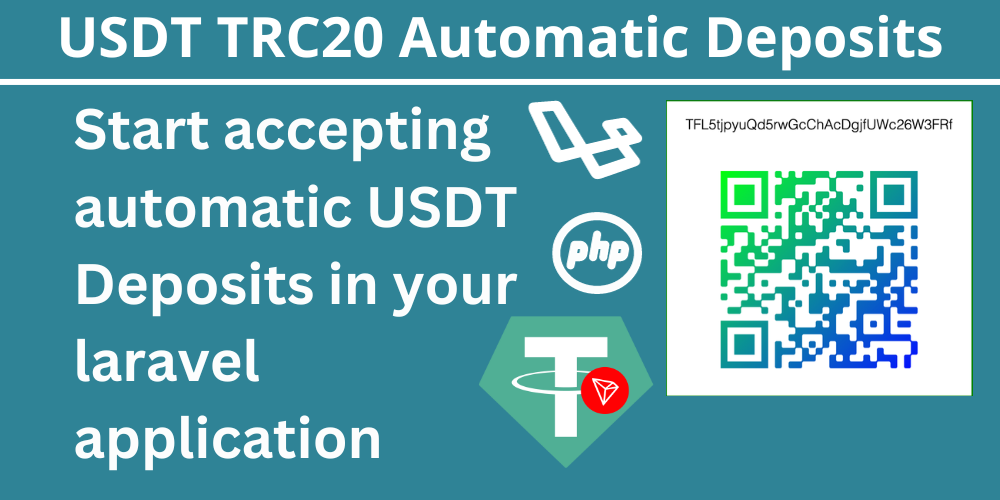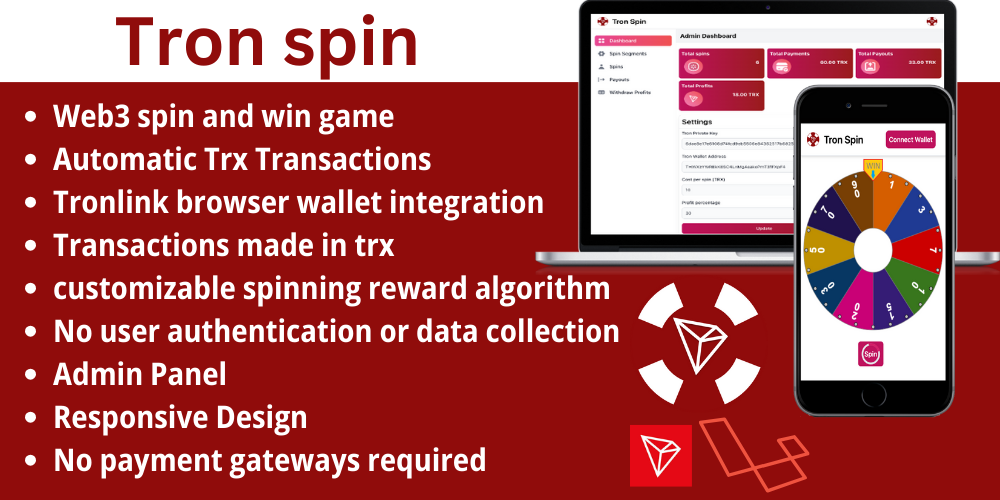
Table of Contents
- Introduction
- Understanding TRON Energy
- What is Staking?
- What is Energy Rental?
- Which is Better for Your TRON Transactions?
- Conclusion
Introduction
As the TRON blockchain continues to gain traction, understanding how to optimize transaction costs has become essential for both individual users and businesses. Two primary methods for securing the necessary resources to process transactions on the TRON network are energy rentals and staking TRX (TRON's native cryptocurrency). Each approach has its own set of advantages and disadvantages, making the choice between them dependent on your specific needs and transaction volume.
Understanding TRON Energy
Before diving into the comparison, it’s important to understand what TRON Energy is and why it matters. Energy is a resource on the TRON blockchain used to execute smart contracts, particularly for TRC20 token transactions. Without sufficient Energy, users have to burn TRX to process transactions, which can become costly over time. Acquiring Energy through either staking or renting is a way to reduce these costs significantly.
What is Staking?
Staking involves locking up a certain amount of TRX to generate Energy. The amount of Energy you receive is directly proportional to the amount of TRX you stake. This Energy can then be used to power transactions without the need to burn TRX.
Pros of Staking:
- Cost-Effective Over Time: Once you stake your TRX, you continue to generate Energy as long as the TRX remains staked. This makes staking a cost-effective option for users who consistently need Energy for transactions.
- Passive Income: In addition to generating Energy, staking TRX can also provide voting power, allowing you to earn additional rewards through TRON’s Delegated Proof of Stake (DPoS) mechanism.
- Control: Staking gives you control over your resources, as the Energy generated is directly tied to your staked TRX. You’re not reliant on third-party services.
Cons of Staking:
- Liquidity Risk: Staking requires you to lock up your TRX for a certain period. If you need to access your funds quickly, unstaking can take several days.
- Energy Limitation: The amount of Energy you can generate is capped by the amount of TRX you stake. If your transaction volume increases, you may need to stake more TRX to keep up with the demand.
What is Energy Rental?
Energy rental is an alternative to staking where you rent Energy from other TRON users or services. This method allows you to acquire Energy without having to stake your own TRX.
Pros of Energy Rental:
- Flexibility: Renting Energy offers flexibility, especially for users with fluctuating transaction volumes. You can rent as much Energy as you need without committing to long-term staking.
- Immediate Access: Energy rentals provide immediate access to Energy, which is ideal for users who need to process transactions quickly without waiting for TRX to stake and generate Energy.
- No Capital Lock-Up: Unlike staking, energy rentals do not require you to lock up your TRX, keeping your funds liquid and available for other investments or uses.
Cons of Energy Rental:
- Recurring Costs: Renting Energy involves recurring costs. Depending on the service provider and market conditions, these costs can add up, making rentals potentially more expensive over the long term compared to staking.
- Dependency on Providers: When renting Energy, you depend on the availability and reliability of rental services. This adds a layer of risk, particularly if service providers experience issues or demand spikes.
- No Additional Rewards: Unlike staking, renting Energy does not provide any additional rewards, such as voting power or interest. It’s purely a transactional cost.
Which is Better for Your TRON Transactions?
The decision between staking and renting Energy largely depends on your specific needs and transaction behavior:
- High Transaction Volume: If you’re processing a high volume of transactions regularly, staking is generally more cost-effective. The recurring generation of Energy through staking can offset the initial lock-up of TRX, providing a steady flow of resources at a lower long-term cost.
- Variable Transaction Needs: For users with irregular or unpredictable transaction volumes, renting Energy offers greater flexibility. It allows you to scale your Energy needs up or down without committing large amounts of TRX to staking.
- Short-Term Needs: If you need Energy immediately for a one-time or short-term project, renting is the better option. It provides instant access to Energy without the wait time associated with staking.
- Cost Sensitivity: Staking is typically more cost-effective for those looking to minimize expenses over time, especially if you plan to remain active on the TRON network for an extended period. Renting, while more flexible, can be more expensive in the long run due to the recurring nature of rental fees.
Conclusion
Both staking and energy rentals have their unique advantages, and the right choice depends on your specific use case. If you are looking for a long-term, cost-effective solution and don’t mind locking up your TRX, staking is likely the better option. On the other hand, if you need flexibility and immediate access to Energy without tying up your capital, renting might be the way to go. By understanding your transaction patterns and financial goals, you can choose the method that best supports your activities on the TRON blockchain.




Comment
Login to comment